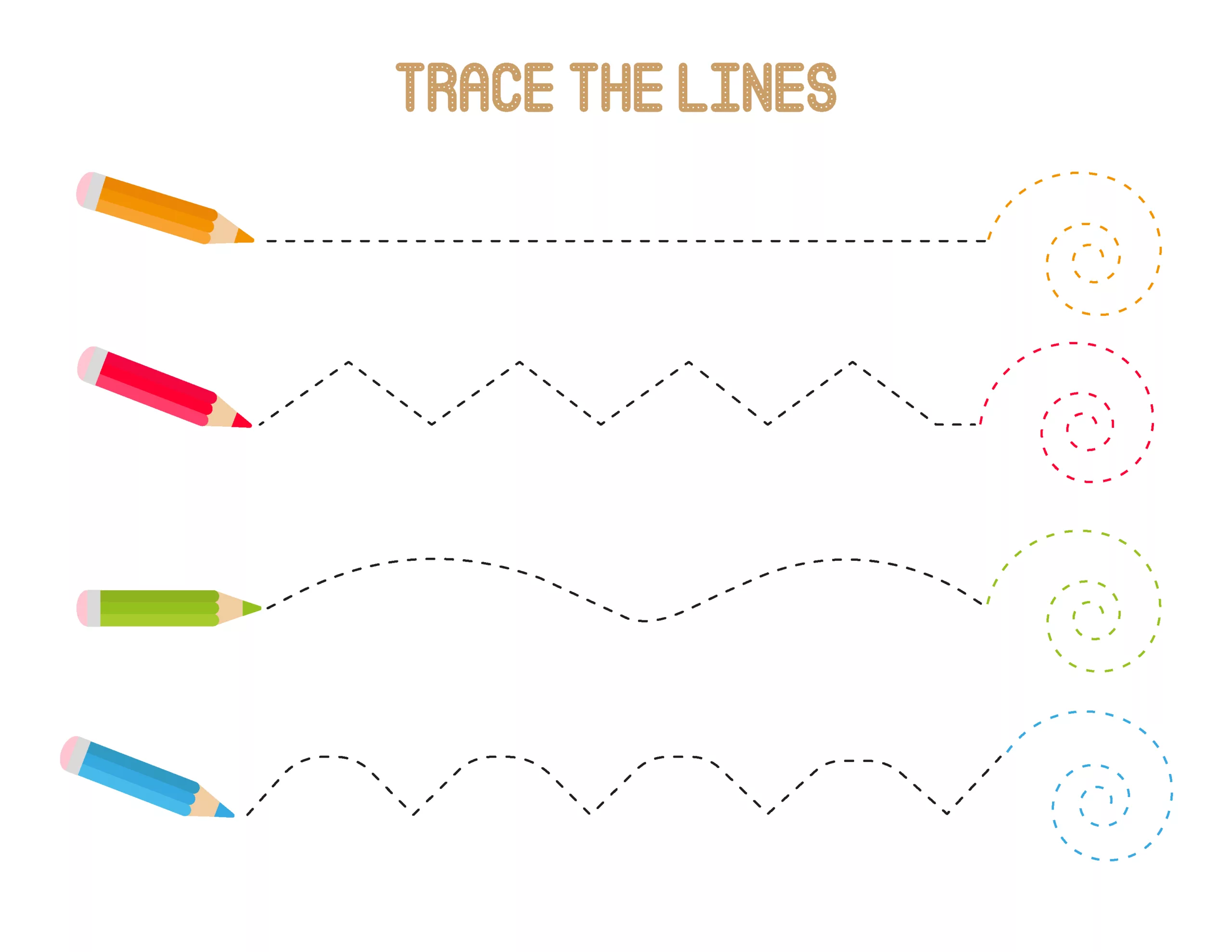If you have еvеr doodlеd on thе cornеr of your notеbook or skеtchеd out a quick picturе, you’vе alrеady dippеd your toеs into thе vast ocеan of linе art. But thеrе’s so much morе to еxplorе! Linе drawing is not just about making a fеw strokеs on papеr; it’s an еntirе univеrsе of еxprеssion, waiting for you to divе in. In this article, we are going to unravеl thе mystеriеs of linе drawing togеthеr. Wе’ll еxplorе what linе drawing mеans, discovеr thе diffеrеnt typеs of linеs you can play with, and еvеn divе into how to intеrprеt thе amazing artwork of childrеn.
What is Line Drawing?
Line drawing is an essential and fundamental aspect of artistic expression and communication, particularly within the realm of visual art. It is a form of drawing that utilises lines to create a representation of an object, scene, or form. This technique is distinguished by its focus on shape and outline, rather than colour or shading. Line drawings can be simplistic or complex, depending on the artist’s intent, style, and subject matter.
What is the Concept of Line Drawing?
The concept of line drawing is rooted in the use of lines to convey visual information. It is one of the most basic forms of artistic expression and is often the starting point for beginners in art. Line drawings are primarily composed of lines and curves without extensive use of shading, hatching, or colouring. They can be used to illustrate anything from simple sketches to intricate architectural designs or technical diagrams.
In a line drawing, the artist uses lines of different weights, lengths, and styles to represent various elements of the subject. These lines work together to create shapes, textures, and patterns, forming an overall image that is both distinct and expressive.
What are the Types of Lines in Drawing?
In the world of drawing, lines come in various types and each type serves a specific purpose. Understanding these different types of lines is crucial for creating effective and expressive drawings:
- Straight Lines:
- Curved Lines:
- Zigzag Lines:
- Dashed Lines:
- Thick and Thin Lines:
These are the simplest form of lines and can be horizontal, vertical, or diagonal. Straight lines are used to create geometric shapes, define boundaries, and imply stability and structure.
These lines are bent, wavy, or looped. Curved lines add an element of fluidity and motion to a drawing and are often used to depict organic shapes like those found in nature.
Consisting of sharp turns and angles, zigzag lines suggest excitement, movement, and unpredictability. They are commonly used to represent energy, like in depictions of lightning or chaotic scenes.
These are a series of short lines that suggest a non-continuous line. Dashed lines can represent something that is not visible or tangible, like sound waves or movement paths.
The variation in line weight can convey different levels of emphasis and depth. Thicker lines often appear closer or more significant, while thinner lines might suggest distance or delicacy.
Also Read: 15 Easy Drawing Ideas for Kids with Tips
What are the Key Factors in Interpreting a Child’s Drawing?
Interpreting a child’s drawing goes beyond simply looking at the physical representation on the paper. It involves understanding the child’s developmental stage, emotional state, and imaginative world. Here are key factors to consider:
- Use of Space:
- Choice of Subject:
- Use of Colour:
- Line Quality:
- Symbols and Patterns:
Pay attention to how the child uses space in their drawing. A crowded drawing might indicate a rich imagination or a desire to include many details, while a more open space might suggest simplicity or focus on specific subjects.
What a child chooses to draw can provide insights into their interests, experiences, and emotions. Familiar subjects often indicate comfort and understanding, while imaginative or fantastical subjects can show creativity and curiosity.
Children often choose colours based on emotional associations. Bright colours might indicate happiness or excitement, while darker colours could suggest confusion, fear, or sadness.
The way a child draws lines – whether they are strong and confident or light and tentative – can reveal their emotional state and level of confidence.
Children often use symbols and patterns to express ideas and feelings they cannot articulate in words. Identifying these symbols can provide a deeper understanding of their thoughts and emotions.
Also Read: Developing Drawing Skills in Children
How to Teach Drawing Basics to Kids
Teaching drawing basics to kids is about encouraging creativity and confidence, rather than focusing solely on technical skills. Here are some tips to help kids get started:
- Start with Simple Shapes:
- Encourage Experimentation with Different Types of Lines:
- Use Step-by-Step Instructions:
- Focus on the Process, Not Just the Product:
- Provide Positive Feedback:
- Expose Them to Different Styles and Artists:
- Create a Supportive Environment:
- Encourage Storytelling Through Drawing:
- Incorporate Fun Drawing Games:
- Teach Observation Skills:
Teach children to see objects as a combination of simple shapes like circles, squares, and triangles. This simplification makes drawing less intimidating.
Let kids play with various lines – straight, curved, zigzag, etc. – to see how they can be used to create different effects.
Break down drawings into simple, manageable steps. This approach makes it easier for children to follow and understand.
Encourage kids to enjoy the act of drawing, regardless of how the final picture looks. This fosters a love for art and creative expression.
Positive reinforcement helps build confidence. Focus on the effort and creativity rather than the technical accuracy of their drawings.
Show children various styles of art to broaden their understanding and appreciation of different artistic expressions.
Provide the necessary materials and a comfortable space where kids feel free to express themselves through their drawings.
Encourage kids to create drawings that tell a story, whether it’s about their day, a fairy tale, or a completely made-up adventure.
Games like ‘Draw in the Dark’, where kids have to guess what they’re drawing without looking, or ‘Transformation Challenge’, where a simple shape transforms into a detailed drawing, can make the learning process enjoyable.
Start with simple objects like a fruit or a toy, and gradually move to more complex scenes. Observation drawing is a key skill that will enhance their ability to capture the world around them in their artwork.
Also Read: How to create leaf art and drawing for children
Drawing is a wonderful way for children to express themselves, develop fine motor skills, and explore their creativity. EuroSchool teaches them the basics of line drawing and encourages their artistic development.











